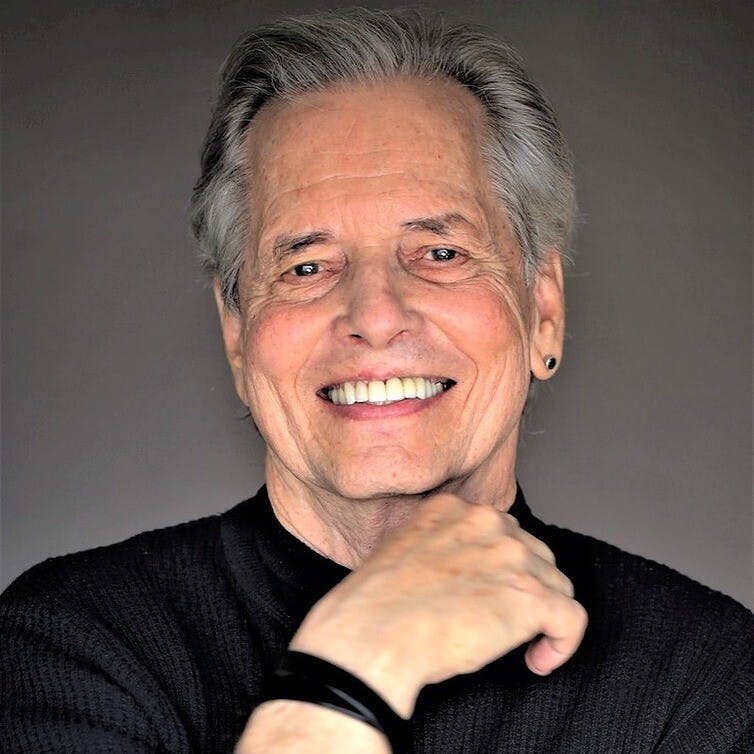Working With Actors: The Actor's Journey
Actors are amazing. They willingly thrust themselves into the persona and life experiences of another character. Directors are constantly challenging them, provoking them and inspiring them to fully embody the emotional states of their characters. Yet, many directors are not aware that actors change as they go through three distinct stages in the filmmaking process: Audition, Rehearsal and Production.
Each stage puts different stresses on the actors, to which they respond in different ways. Some subtle, some not so. Directors who pay attention to the stresses of these three stages will have a better chance of growing relationships of trust and creative collaboration with their actors. In turn, actors will be able to respond with characters and performances that are rich in color and texture. That's where the gold is.

Mark Travis working with actors at Griffith Film School, Brisbane, Australia
Stage 1: Audition
In the audition process actors are hungry for recognition, attention, appreciation and acknowledgement, even if they don't get the job. They want to make a connection and be seen in a positive, collaborative and creative light. They want to be seen for who they are and for what they can become. They are applying for a job and the application process is brutal. Consequently, they are usually malleable, cooperative and compelled to fulfill the wish of the director, regardless of its logic or rationality. Their focus is outward toward the others in the room, primarily the director, producer and casting director.
Recognize and honor this openness and eagerness to please. It is a gift.
Stage 2: Rehearsal
Now the actors are no longer job applicants eager to be acknowledged and hired. They are employees in the initial phase of delivering on a promise and fulfilling the director's vision. Even though they have been hired, they are still in a somewhat tenuous state. On the one hand they want to assure the director and producers that they made the right decision. On the other hand they need a safe place, where they can explore their characters, experiment, be vulnerable, and be allowed to fail. They will go through a wide range of emotions. For example: an actor who was effusive, eager and forthcoming in the audition process may become withdrawn, shy, or even secretive. Or, an actor who was coy or a bit mysterious in the first phase, may turn aggressive and demanding during rehearsal.
Their focus will now shift rapidly between the director and the character. The collaboration process has begun.
Notice how actors behave and respond under the pressures and possibilities of rehearsal. Be compassionate and supportive. The actor's emotional shifts and changes are a necessary part of the process.
Phase 3: Production
Now the actor has to deliver. Every moment counts. There is little room for experimentation. Regardless of input from director, producer or others, the actor has to take control. Like an athlete at an Olympic event they need to block out the outside world. Their focus will be primarily their character, the moment they are in and the events that are impacting the character. They need to separate from the director.
Embrace this adjustment. Keep your instructions short. Maintain a safe space for the actors and you'll be rewarded with unexpected performances by emotionally authentic characters.

Actors getting a workout with The Travis Technique.
As I watch my actors change and transform through these phases, I can't help but respond and change as well. I, like the actors, am different during auditions, rehearsal and production. I am eager and anxious, excited and unsure, pushing my limits and needing safety. It is a shared journey. And what a privilege it is to work with actors who willingly open themselves to explore the complexities and intricacies of human relationships. I am inspired by their courage and honesty.
About the Author

Mark W. Travis
Director, Dramaturge, Screenwriter, Script Consultant, Theatre Director
The director's director. Mark Travis is regaled by Hollywood’s top brass and international film professionals to be the world’s leading authority on the art and craft of film directing. All of his techniques stem from the pursuit of organic authentic performances that are deeply felt by audiences.H...
